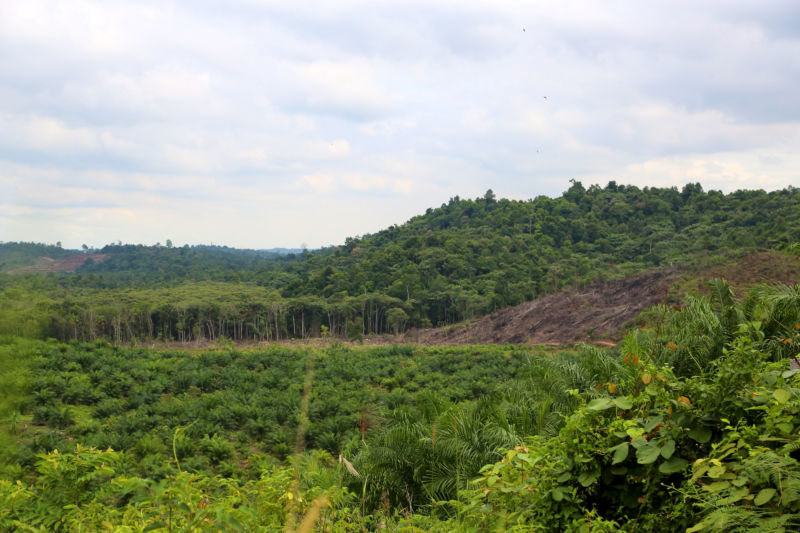New IPCC report shows land use is part of solution to climate change

Enlarge / Forest being cleared for palm oil cultivation. (credit: CIFOR / Flickr)
During the negotiations leading up to the 2015 Paris Agreement, nations agreed to reduce greenhouse gas emissions. But they also gave climate scientists some extra homework. In addition to the periodic IPCC reports assessing the latest in climate science, nations wanted some specific reports focused on topics that hadn't really been covered before. As some nations demanded a new and more stringent goal of limiting global warming to 1.5C rather than 2C, they needed a report on what that would take-and how much risk it could avoid.
Today saw the release of another report, this one focused on land use. The report is the result of volunteered efforts of 107 scientists from 52 countries, referencing research from some 7,000 studies. It covers the ways that human agriculture, forestry, and land use contributes to climate change, the way climate change is impacting these activities, and what we can do about both of those things.
Human land use contributes almost a quarter of our current greenhouse gas emissions. Clearing forests takes the carbon in the vegetation and adds it to the atmosphere as CO2. Farming can also result in a release of carbon as CO2, nitrous oxide from fertilizer, and methane from (primarily) livestock and rice paddies.
Read 9 remaining paragraphs | Comments